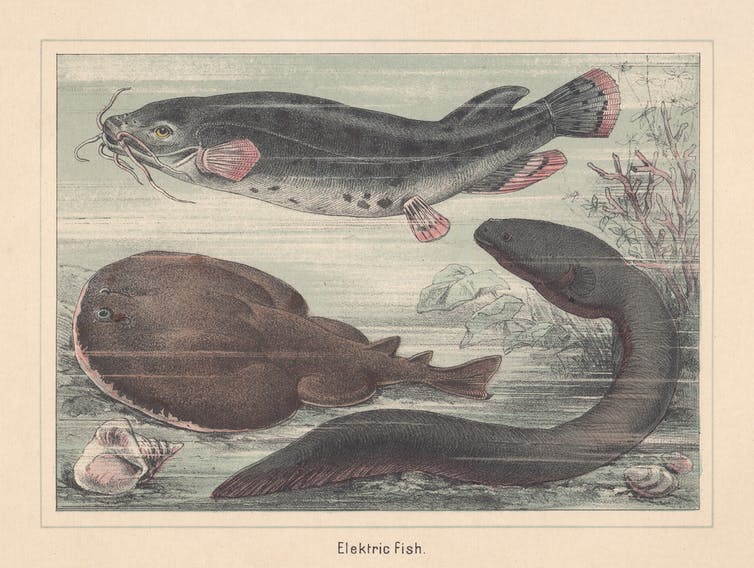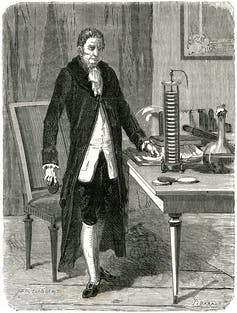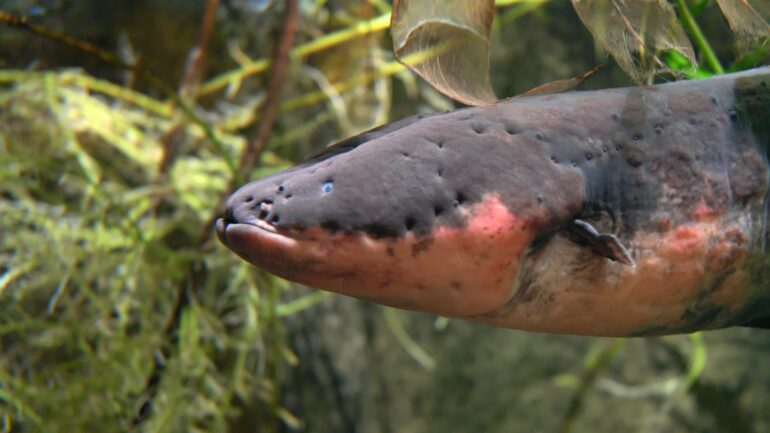As the world’s need for large amounts of portable energy grows at an ever-increasing pace, many innovators have sought to replace current battery technology with something better.
Italian physicist Alessandro Volta tapped into fundamental electrochemical principles when he invented the first battery in 1800. Essentially, the physical joining of two different materials, usually metals, generates a chemical reaction that results in the flow of electrons from one material to the other. That stream of electrons represents portable energy that can be harnessed to generate power.
The first materials people employed to make batteries were copper and zinc. Today’s best batteries – those that produce the highest electrical output in the smallest possible size – pair the metal lithium with one of several different metallic compounds. There have been steady improvements over the centuries, but modern batteries rely on the same strategy as that of Volta: pair together materials that can generate an electrochemical reaction and snatch the electrons that are produced.

An 1885 lithograph illustrates several species of electric fish.
ZU_09/DigitalVision Vectors via Getty Images
But as I describe in my book “Spark: The Life of Electricity and the Electricity of Life,” even before humanmade batteries started generating electric current, electric fishes, such as the saltwater torpedo fish (Torpedo torpedo) of the Mediterranean and especially the various freshwater electric eel species of South America (order Gymnotiformes) were well known to produce electrical outputs of stunning proportions. In fact, electric fishes inspired Volta to conduct the original research that ultimately led to his battery, and today’s battery scientists still look to these electrifying animals for ideas.
Copying the eel’s electric organ
Prior to Volta’s battery, the only way for people to generate electricity was to rub various materials together, typically silk on glass, and to capture the resulting static electricity. This was neither an easy nor practical way to generate useful electrical power.
Volta knew electric fishes had an internal organ specifically devoted to generating electricity. He reasoned that if he could mimic its workings, he might be able to find a novel way to generate electricity.

Illustration of Alessandro Volta next to his battery stack.
PHOTOS.com via Getty Images Plus
The electric organ of a fish is composed of long stacks of cells that look very much like a roll of coins. So Volta cut out coinlike disks from sheets of various materials and started stacking them, in different sequences, to see if he could find any combination that would produce electricity. These stacking experiments kept yielding negative results until he tried pairing copper disks with zinc ones, while separating the stacked pairs with paper disks wetted with saltwater.
This…
